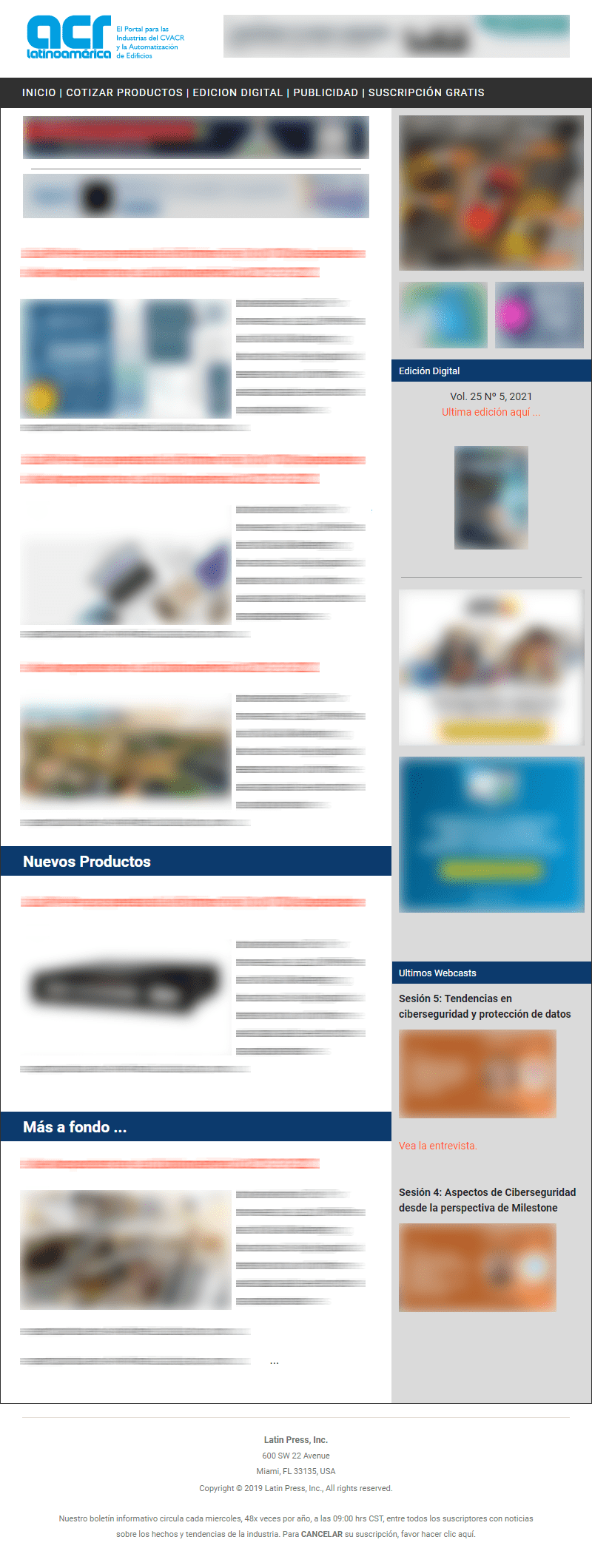 United States. The U.S. Congress, with bipartisan support, has passed a bill titled the Energy Efficiency Improvement Act of 2015.
United States. The U.S. Congress, with bipartisan support, has passed a bill titled the Energy Efficiency Improvement Act of 2015.
According to IHS Research, the bill aims to promote energy efficiency in commercial buildings in three ways:
- By developing a new voluntary energy program under the current Energy Star framework
- By adopting new regulations for smart mains water heaters
- Promote benchmarking and public disclosure on energy use for buildings, so that tenants and building owners can better understand the current level of energy performance of their space.
While it is not yet clear how the use of energy in buildings will be publicly disclosed, the HVAC industry could benefit from this legislation.
Poor public relations that could stem from the disclosure of energy consumption could force buildings to improve old, inefficient HVAC equipment at a faster rate. For example, in the U.S. non-residential retrofit market, IHS forecasts that total air conditioner units will grow from 475,000 in 2014 to 513,000 in 2017, a compound annual growth rate (CAGR) of 2.6%. With pressure from the public to be an additional driving force behind the replacement of inefficient air conditioning units, the CAGR could reach close to 5.0%.













